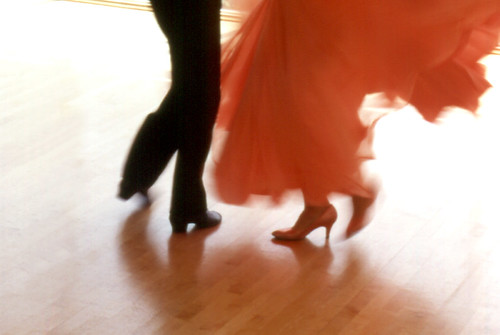Alder: How to Read a Book
Dancing comes to mind when describing the author’s concept of reading a book. There is a rhythm, flow, and movement both the reader and the writer need to subscribe to in order for there to be a graceful, beautiful experience. If there is not a clear writing process, the reader gets lost and frustrated in the process similar to a dance partner wincing in frustration when their toes are getting stepped on and they are both clamoring for the lead. Like the lead dance partner, it is the author’s responsibility to develop an organized framework for the reader to follow along with an ease and clarity. When the skeleton of the book is unformed or disorganized, the reader becomes lost, uncertain, and a bit dizzy with the uneasy, confusing and messy experience. This would cause the reader to abandon the book in frustration, which would defeat the entire purpose of the author ever writing the book. Even though the information may be difficult to understand, the concepts are more readily grasped when the author creates an organized format or rhythm to their writing.
The great authors take the time to develop a rich, meaty content that attracts readers through: word formation, smart outlines, sentence structures, and clear designs that connect thoughts and concepts in such a way that understanding is developed for the reader. When understanding takes place, then a relationship is formed and the reader is free to critique, enjoy, and apply the new knowledge they’ve acquired. Without understanding, the reader is removed from the privilege of not only forming the author/reader relationship, but of giving informed critiques of the book. Critiquing, disagreeing or commenting on a book demands understanding, and good authors work hard to achieve this so the reader may develop understanding.
Similarly, just like there are different types of dance requiring different types of movement and music, so there are a variety of books that require different ways of reading or approaching the writing. Unique approaches to history, poetry, or instruction are needed if one is to get the full relational experience the author is desiring for the reader. If the reader approaches all writing works with the same approach, they are in danger of missing the intent of the author, thus depriving the reader from a rewarding, relational experience with the book and the author.
Finally, reading takes years of practice. To start young is best so as to perfect the skills and discover the rules needed to develop an enriching reading experience. Similarly, if one learns to read well, there is a reciprocal relationship between reading and writing. The rules to reading apply to the rules of writing. Once you get the rhythm of reading, you will also become a better writer. To grow with the ability to read, will grow you as an individual in the areas of: understanding people, comprehending new knowledge, and learning to share that with others through your words and writings. Like dancing, it takes all your senses to develop skill and expertise to be a successful reader.
10 responses to “Alder: How to Read a Book”
Leave a Reply
You must be logged in to post a comment.

Enjoyed reading your post Jennifer. Great dance analogy!
Hopefully I prove to be a better reader than dancer!
This made me think. It might be fun to match types of dance to types of literature.
Ballet = A Novel
Lyrical = Poetry
Jazz = Philosophy
Hip Hop = Newspaper / Magazine
Tap = Science
That’s great- I like your thinking. Thanks!
WOW
A dance analogy. I love your viewpoint. For me I have to find creative mental ways to make it through readings that do not tickle my desire to want to learn more.
I hear you! I think I had more enjoyment developing the dance analogy than I did reading the book. Although pertinent information, it was a bit technical for my taste and it put me to sleep many a night.
Loved the dance analogy! If I hadn’t read Adler this post would make me want to read it. When you wrote”Once you get the rhythm of reading, you will also become a better writer. To grow with the ability to read, will grow you as an individual in the areas of: understanding people, comprehending new knowledge, and learning to share that with others through your words and writings.” This is so true! Well Said! Honestly that was a great summation to the Adler book 🙂
I love this analogy, Jennifer. I especially appreciate the way you emphasize the communication between author and reader, and the idea that reading is an art form that takes practice to perfect.
What do you love to read that inspires your writing?
Hmmm…I love reading and writing. I like the poetic writers that draw me in with a story or powerful imagery regardless of the subject material. I really like Sue Monk Kidd- one of my favorite authors. Sarah Bessey, Phillip Yancy, Max Lucado are great for a spiritual reads. Fiction novel: Jennifer Niven is not well known but I just love her books. One named: “Velva Jean Learns to Drive”. Self-help books: Brene Brown, Elizabeth Gilbert are inspirational to me. I have some new authors I’m exploring. Would love to get some good authors that inspire you…
“poetic writers that draw me in with a story or powerful imagery…”
I love Madeline L’Engle (esp. Walking on Water: reflections on faith & art), her essays more than her fiction
Frederick Buechner– rich, playful words & images